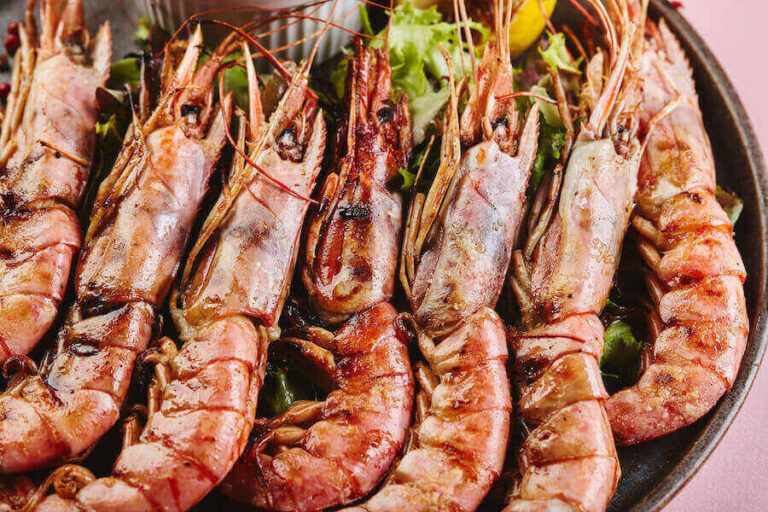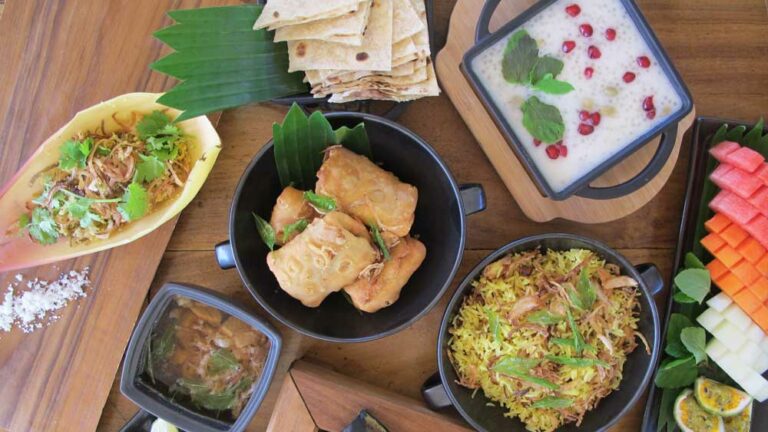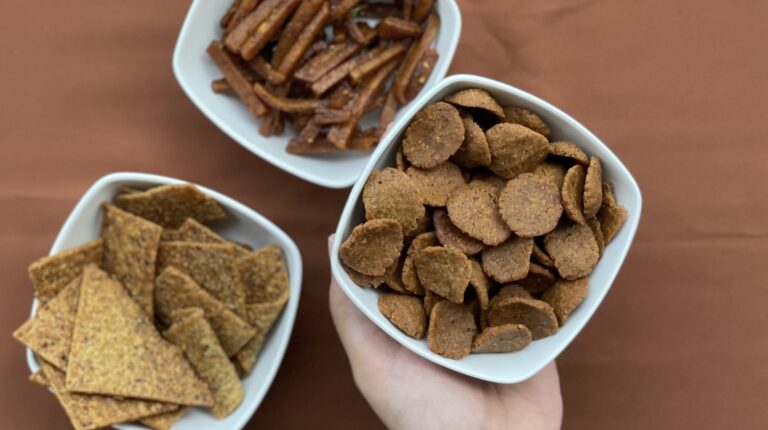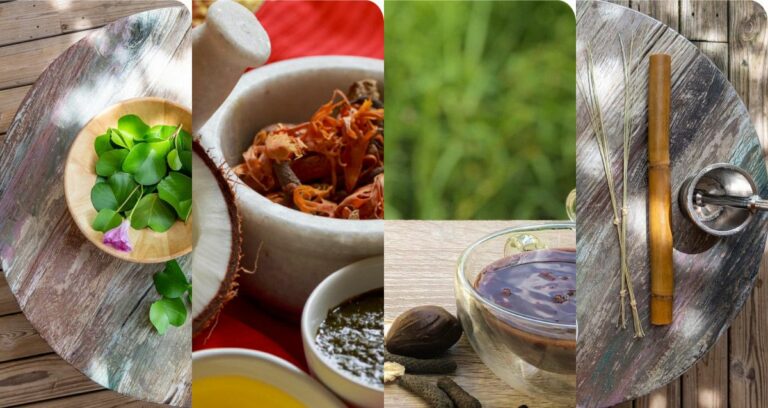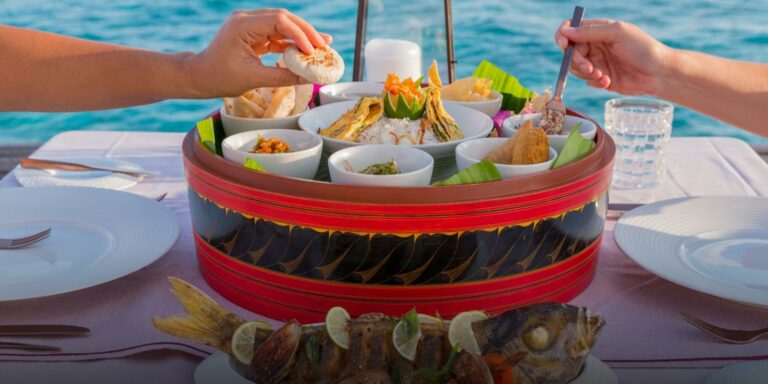Introduction: Maldives and Its Culture
The Maldives is a tropical paradise located in the Indian Ocean. It is known for its pristine beaches, crystal-clear waters, and luxurious resorts. But aside from the breathtaking scenery, the Maldives also has a rich culture that is evident in its cuisine, music, dance, and arts.
The Maldivian culture is a mixture of South Asian, African, and Arab influences. It is a Muslim country, and Islam plays a vital role in the daily lives of its people. The Maldives has a unique way of life, and its traditions and practices have been passed down from generation to generation. Today, we will take a closer look at Maldivian cuisine and see how it reflects the country’s culture and traditions.
Maldivian Cuisine: A Glimpse of the Culture
Maldivian cuisine is a reflection of the country’s geography, culture, and history. The cuisine is mostly seafood-based, as the Maldives is a group of islands surrounded by the ocean. Coconut is also a prominent ingredient, as it grows abundantly in the country. Maldivian cuisine is known for its bold flavors, spicy curries, and unique cooking techniques.
The Maldives has a long history of trading with other countries, and this has influenced its cuisine. The country’s spices, like cinnamon, cloves, and cardamom, were traded with India and Sri Lanka. Middle Eastern spices, like cumin and coriander, were introduced through the country’s trade with Arab countries. Portuguese traders also brought chili peppers to the Maldives, which are used in many dishes today.
Influences from Maldivian Cultural Practices
Food is an essential part of Maldivian culture, and it has been influenced by the country’s cultural practices and traditions. One of the most significant influences on Maldivian cuisine is the Islamic religion. Muslims follow certain dietary restrictions, such as not consuming pork and only eating halal meat. As a result, Maldivian cuisine is predominantly seafood-based, and beef and chicken are also widely consumed.
Another cultural practice that has influenced Maldivian cuisine is the country’s fishing industry. Fishing is a crucial part of the Maldivian economy, and the country’s cuisine reflects this. The Maldives is known for its fresh seafood, and many traditional dishes incorporate fish and other seafood.
Traditional Maldivian Dishes: A Closer Look
Traditional Maldivian dishes are a reflection of the country’s culture and history. One of the most popular dishes is mas huni, a breakfast dish made with shredded smoked tuna, grated coconut, onion, chili, and lime. It is typically served with roshi, a type of flatbread.
Another traditional dish is garudhiya, a fish broth made with tuna, chili, and lime. It is typically served with rice and is a staple in the Maldivian diet. Rihaakuru, a fish paste, is also a popular ingredient in Maldivian cuisine and is used in many dishes, including curries and sambols.
Ingredients and Cooking Techniques in Maldivian Cuisine
Apart from seafood and coconut, Maldivian cuisine also uses a variety of other ingredients. These include cassava, breadfruit, yams, and taro. Spices are also a crucial component of Maldivian cuisine, with chili, cumin, coriander, and turmeric being commonly used.
Maldivian cuisine also features unique cooking techniques, such as kiru kiru, which involves shredding coconut with a special tool. Another common technique is bodu beru, where a group of people drum on large wooden drums while cooking food. This is believed to infuse the food with a unique flavor.
Conclusion: Preserving Maldivian Culture through Food
Maldivian cuisine is a reflection of the country’s culture and traditions. The cuisine has been influenced by the country’s geography, religion, and history, and it features bold flavors and unique cooking techniques. Traditional Maldivian dishes, such as mas huni and garudhiya, are a staple in the Maldivian diet and reflect the country’s love for fresh seafood and bold spices.
Through its cuisine, the Maldives is preserving its culture and passing it down to future generations. As the country continues to develop, it is essential to keep its cultural traditions alive, and food is an excellent way to do this. Maldivian cuisine is a testament to the country’s rich history and culture, and it is a delight for anyone who wants to experience the flavors of this tropical paradise.



